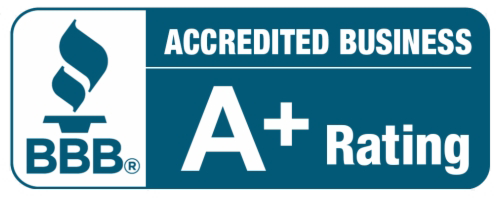Fabric-reinforced roofing is part of what’s called a "built-up roof system". These usually have a base sheet, fabric reinforcement, and a protective surface layer.
One of the key advantages of the fabric-reinforced roof is that you can add it right on top of the existing roof, rather than tearing off the entire roof, paying for the new material, labor and installation costs, and disposal of the old roofing material. The process makes for a faster renovation, too. Since it can be done quickly, there’s no disruption to your business, and unlike traditional roof replacement, there is little to no chance of outside materials getting in. It’s a simple and quick investment that makes an enormous difference in the long run.
The fabric is made of durable yet flexible polyester. Its application helps to cover the areas of the roof that may be exposed or run down and helps to reinforce the seams so that the roof is not only more energy efficient but seems brand-new.
The reflective layer helps redirect sunlight rather than absorb it. That lowers energy costs since the building won’t heat up as extensively. It’s also helpful for prolonging the life of the roof. Exposure to UV rays from the sun degrades the roof, so the protective coating serves as a shield.
The roofing surface in fabric-reinforced roofs can vary widely depending on the needs of your business. Some use gravel and asphalt or have mineral granules added to the coating while the material is still in the factory. Others have a dark coating of asphalt blend that can be covered with another reflective coating. In those cases, the coating can be resistant to dirt and easy to clean.
Fabric-reinforced roofs strengthen and protect the underlying layers, so the need for repairs can be more infrequent. They can last for decades when maintained properly, which doesn’t take much work. Having the roof inspected and cleaned every 6-12 months ensures that needed repairs are not overlooked and can prevent minor problems from worsening.
If you’re considering upgrading your roof, you should have an expert analyze the structure and determine which form would be better for your specific business. Fabric-reinforced roofs have several layers, whereas membranes are a simple coating applied and adhered to the roof. Both must be installed with the right conditions to ensure they’re up to code. For instance, if the roofing system is applied while it’s too hot, too cold, or too humid, the roof may not function properly. The roof has to be the right slope and material and clear of debris and standing water before the fabric-reinforced system is applied.
If you’re thinking about reinforcing your roof or getting a new one, it’s crucial to contract with a company that leaves you without a doubt. At Supreme Roofing Systems, we pride ourselves on outstanding work and customer service. We can boast about being the best roof installers in the area and back that up with our work, job speed, and bang for your buck.
Contact us today in Bradford for an estimate on all your roofing needs.
All Rights Reserved | Supreme Roofing Systems

